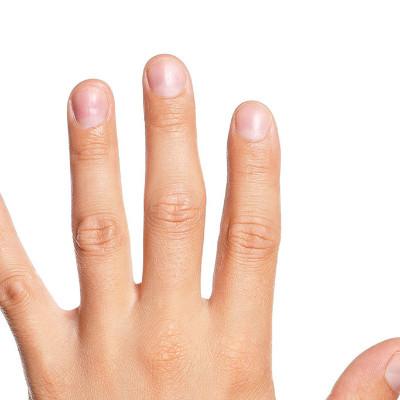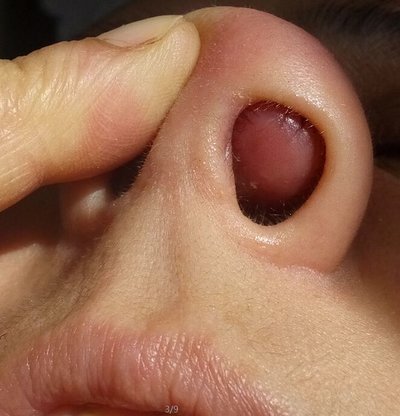What symptom is ankylosing spondylitis?
summary
Ankylosing spondylitis (as) is a disease with the main symptoms of sacroiliac joint and spinal attachment point inflammation. It was strongly associated with HLA-B27. Some microorganisms, such as Klebsiella pneumoniae, have common antigens with their own tissues, which can induce abnormal immune response. What symptom is ankylosing spondylitis? Next, I'd like to share my views with you.
What symptom is ankylosing spondylitis?
First, for young people aged 16-25, especially young men. Ankylosing spondylitis generally occult onset, early may not have any clinical symptoms, some patients in the early may show mild systemic symptoms, such as fatigue, emaciation, long-term or intermittent low fever, anorexia, mild anemia and so on. As the disease is mild, most patients can not be found early, resulting in delay of the disease and loss of the best opportunity for treatment.

Second, most of as patients have joint diseases, and most of them first invade sacroiliac joint, and then ascend to cervical spine. A few patients are invaded by cervical vertebra or several spinal segments at the same time, and can also invade the surrounding joints. In the early stage, there is inflammatory pain in the joints, accompanied by muscle spasm around the joints, and a sense of stiffness, which is obvious in the morning. It can also be manifested as nocturnal pain, which can be relieved by activities or taking analgesics. With the development of the disease, joint pain was alleviated, and the movement of each spinal segment and joint was limited and deformed. In the late stage, the whole spine and lower limbs became rigid and arched, flexing forward.

Third: when the lumbar vertebra is involved, most of them show the limitation of lower back and lumbar movement. Lumbar flexion, dorsiflexion, lateral bending and rotation can be limited. Physical examination can find tenderness of lumbar spinal process and muscle spasm beside lumbar spine; Later period may have the waist muscle atrophy.

matters needing attention
1. It is necessary to avoid heavy load to aggravate the disease. Avoid holding a position for a long time. If you want to sit for a long time, you should get up for at least ten minutes every hour. Do not use the back restraint (it will reduce the activity) to worsen the spondylitis. 2. Avoid pillow and soft bed when sleeping. It's best to lie flat and keep your back upright when you sleep. 3. When you get up in the morning and your back is stiff, you can take a hot bath to improve it. Hot compress can also relieve local pain. Don't smoke to avoid lung injury.

















